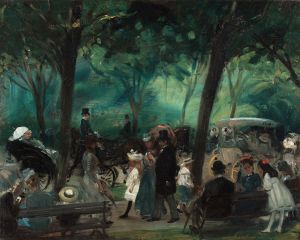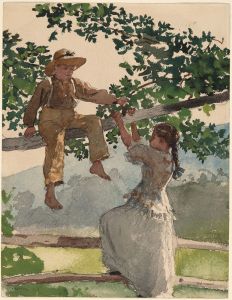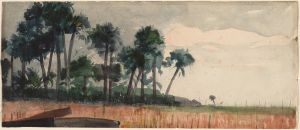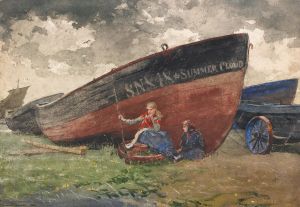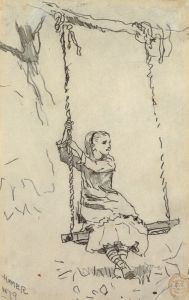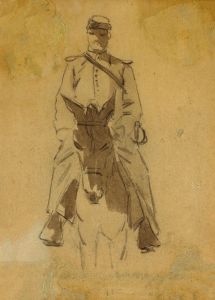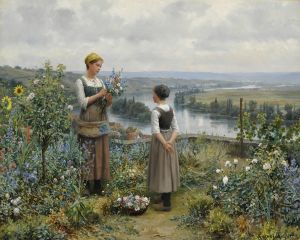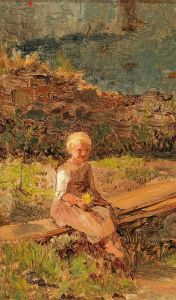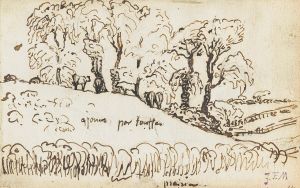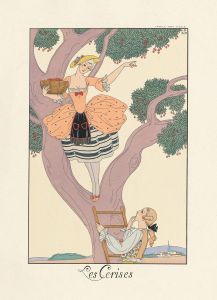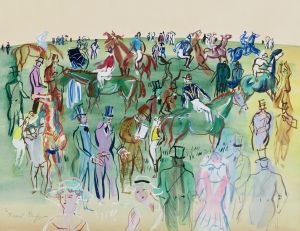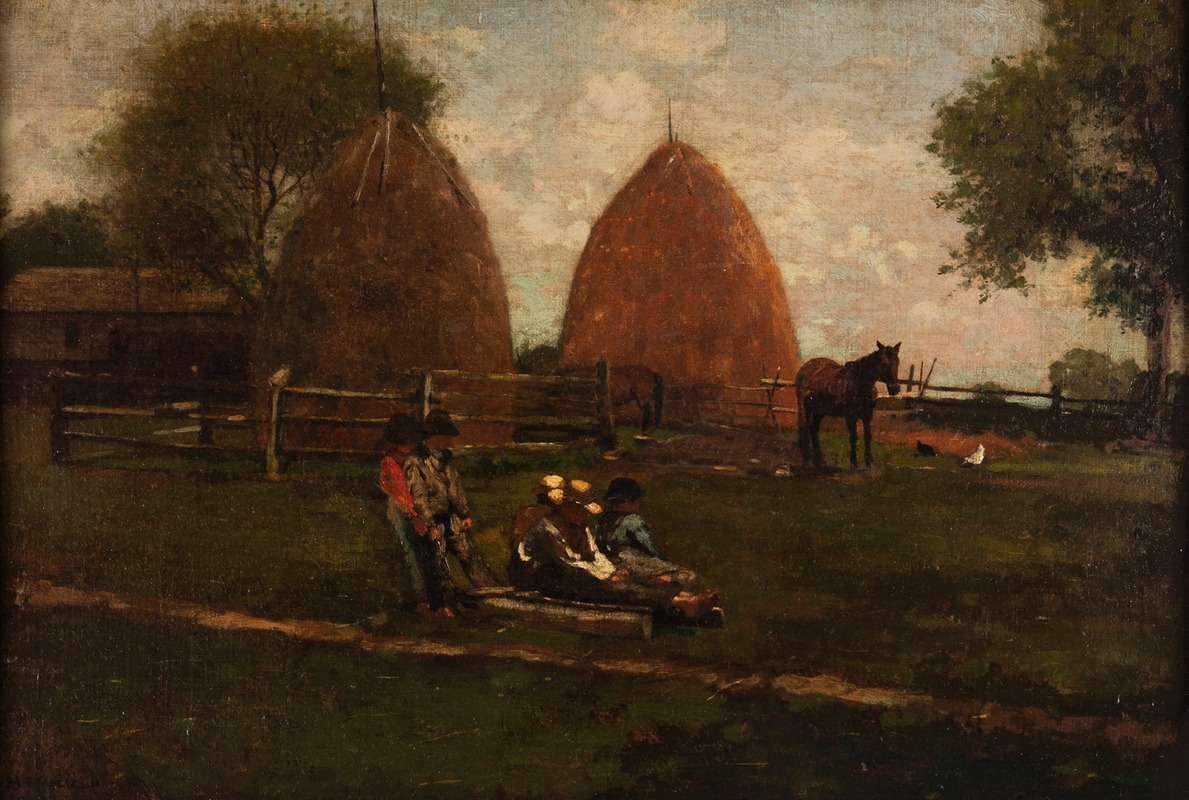
Haystacks and Children
A hand-painted replica of Winslow Homer’s masterpiece Haystacks and Children, meticulously crafted by professional artists to capture the true essence of the original. Each piece is created with museum-quality canvas and rare mineral pigments, carefully painted by experienced artists with delicate brushstrokes and rich, layered colors to perfectly recreate the texture of the original artwork. Unlike machine-printed reproductions, this hand-painted version brings the painting to life, infused with the artist’s emotions and skill in every stroke. Whether for personal collection or home decoration, it instantly elevates the artistic atmosphere of any space.
Winslow Homer, an American landscape painter and printmaker, is renowned for his marine subjects and depictions of American life. One of his lesser-known works, "Haystacks and Children," exemplifies his ability to capture the essence of rural life with a keen eye for detail and a deep understanding of human interaction with nature.
"Haystacks and Children" was created during a period when Homer was increasingly focused on rural and pastoral themes. This painting is believed to have been completed in the late 19th century, a time when Homer had returned to the United States after spending several years in Europe, particularly in England. His time abroad had a significant influence on his style, which evolved to include a more nuanced use of color and light, as well as a greater emphasis on the human figure within the landscape.
The painting depicts a serene rural scene, featuring children playing around haystacks in a field. This subject matter is consistent with Homer's interest in everyday life and his ability to find beauty in the mundane. The haystacks, a common sight in agricultural communities, are rendered with a sense of texture and volume, showcasing Homer's skill in capturing the physicality of the natural world. The children, depicted in various poses of play and rest, add a dynamic element to the composition, suggesting movement and the passage of time.
Homer's use of color in "Haystacks and Children" is noteworthy. He employs a palette that reflects the natural hues of the countryside, with earthy tones dominating the scene. The interplay of light and shadow is carefully orchestrated to create a sense of depth and atmosphere, drawing the viewer into the tranquil setting. This attention to light is a hallmark of Homer's work, reflecting his interest in the changing effects of natural light on the landscape.
The painting also reflects Homer's broader artistic themes, such as the relationship between humans and nature. By placing children in the midst of a rural landscape, Homer highlights the innocence and simplicity of childhood, as well as the connection between people and the land. This theme is recurrent in Homer's oeuvre, where he often explores the harmony and sometimes tension between human activity and the natural environment.
"Haystacks and Children" is a testament to Winslow Homer's mastery of both technique and subject matter. While it may not be as widely recognized as some of his other works, such as "The Gulf Stream" or "Snap the Whip," it nonetheless offers insight into his artistic vision and the themes that preoccupied him throughout his career. The painting serves as a reminder of the beauty and simplicity of rural life, captured through the eyes of one of America's most celebrated artists.
In summary, "Haystacks and Children" is a fine example of Winslow Homer's ability to depict the rural American landscape with sensitivity and skill. Through his use of color, light, and composition, Homer creates a scene that is both peaceful and evocative, inviting viewers to reflect on the timeless connection between humanity and the natural world.





